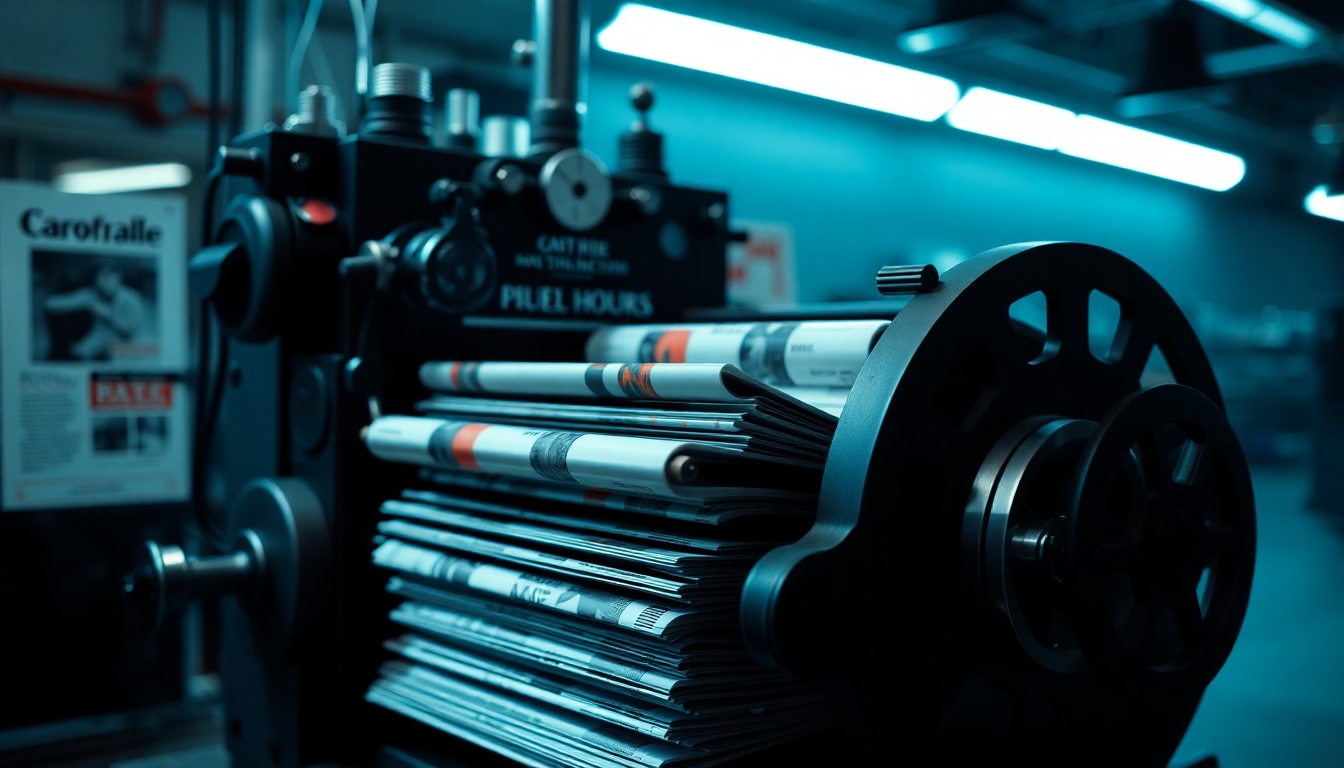Why are bookazines doing so well? And is this a sign of things to come?
Bo Sacks recently distributed an article by his old friend and debating partner, “Mr. Magazine,” about new magazine titles on the newsstand.
Some people will see that as the equivalent of celebrating new albums on vinyl at the record store. That is, desperately hoping for a flicker of life in a dying medium.
I say (to the contrary) that while the march to digital goes on, it’s a mistake to be too negative about print, which still makes up a sizeable part of publisher revenue.
But let’s leave the demise of print for another day and focus on the bookazine phenomena, which isn’t new, but may see revived interest.
Bookazines used to be called Special Editions, and they were typically associated with a regular magazine title. For example, Scientific American might notice a lot of interest in articles about the brain, so they’d do a special issue on that topic.
I bought one of those at the train station a little while ago.
Here are some advantages of the bookazine.
- They have a higher list price and a longer shelf life.
- They can serve as a marker of a significant social event – like a bookazine about Covid, or the new king.
- They can be a reference on a particular topic.
- You can give a bookazine as a gift with no strings attached. No publisher has the recipient’s mailing address.
- They have the laid back, relaxed feel of a magazine, with colorful pages, nice art, and interesting stories.
- You can publish a bookazine as a one-off with no promise of a second edition.
In short, as Chris La Greca says in a post on LinkedIn, they “combine the things that people love about magazines with the niche subject matter and permanence of books.”
But do they have sticking power when everything else is transitioning to digital?
First, let’s not fall into the “everything is going digital” trap. A lot of things are going digital, but not everything in all cases.
Second, maybe bookazines help us to see an important dividing line in the ongoing print vs. digital debates. Maybe the bookazine is successful because it’s not expected to be up to the minute. IOW, “up-to-the-minute” is the domain of the web, but there’s lots of room for print on topics that don’t have to be quite so timely.
As an example, news magazines are generally things of the past, because by the time you get a magazine, the news is old.
Magazines that thrive in today’s market tend to be in niche topics that aren’t particularly time sensitive where the magazine experience is welcome – that is, it’s something you read in your easy chair, where you genuinely appreciate the ads. If I get a fishing magazine, for example, I want to see ads for the boats. But there’s hardly a website on the planet where I think of the ads as anything but an annoyance.
However, magazines have suffered from publishers going on a relentless pursuit of the bottom shelf. People now expect to get an annual subscription to a magazine for $10, which doesn’t even cover printing and mailing.
Bookazines don’t (yet!!) have that horrible downward price spiral, so they seem like a great option for magazine publishers – who already have the infrastructure to create them.
Links
The surprising success of the Bookazine and what it means for publishers




